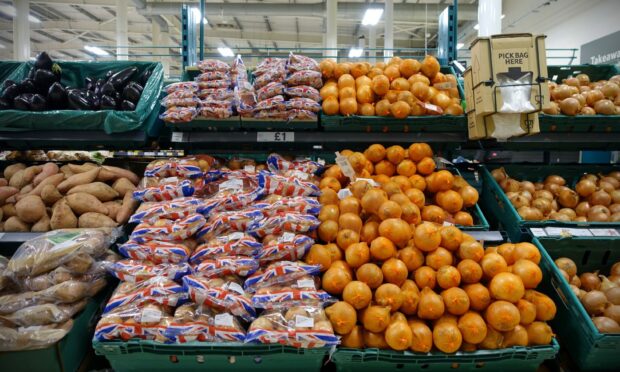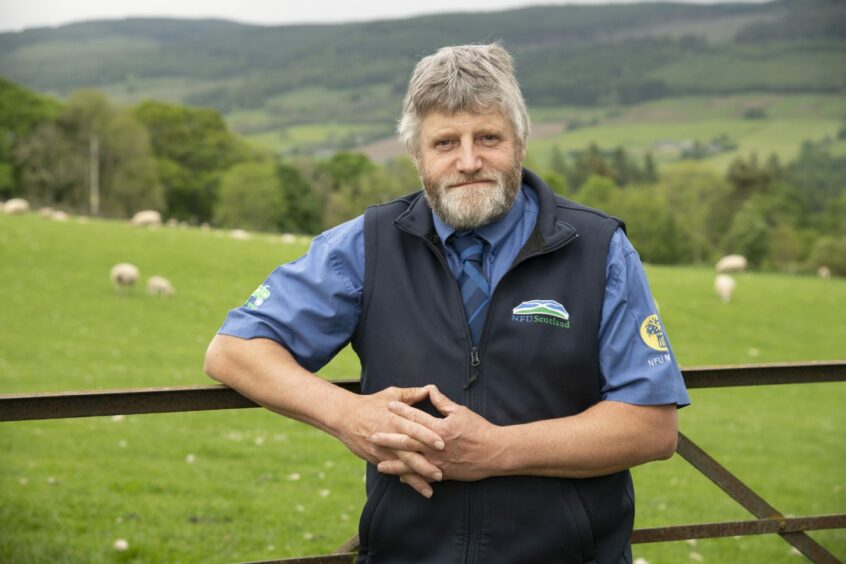NFU Scotland (NFUS) has warned of implications for food security if the farming industry loses out on the highest rate of energy support in the UK Government’s Energy Bill Relief Scheme review.
High energy businesses have been offered support for electricity that amounts to £89 per megawatt hour (MWh) with a price threshold of £185 per MWh, and gas relief is £40 per MWh with a price threshold of £99 per MWh.
The publication of further information on the relief scheme is expected by the end of March, but the union says is is “deeply concerned” that farming businesses will be classified as non-high energy businesses.
That would mean the relief for electricity would drop to £19.61 per MWh with a price threshold of £302 per MWh and gas relief would fall to £6.97 per MWh with a price threshold of £107 per MWh.
The union warns that producers who are heavily reliant on electricity to rear livestock and store fresh produce will struggle to absorb the huge hikes in energy that they face in the year ahead. It cites the plight of one vegetable grower whose electricity rose from 12p per unit to 71p per unit and who predicted that if support was completely removed, their electricity bill would jump from around £140,000 to over £800,000.
Food manufacturing and processing businesses are likely to be classed as high energy businesses, and while NFUS president, Martin Kennedy said that was welcome, he insisted that unless there was also support at farm level for production and on farm storage, then production would decline and food security would suffer.
“The case for including farming at the highest level is robust,” he said.
“Last year, NFUS submitted a response to the UK Government review on business energy support. As we demonstrated throughout the pandemic, agriculture, and the commitment to keep food and drink on the table, was clearly a key part of the Critical National Infrastructure (CNI). The UK Government must choose to fully recognise that.
“Providing that level of support to our sector will keep the nation fed and help to dampen down further food price inflation. We look to the UK Government to clarify that this opportunity to benefit to our hard-pressed consumers has not been missed.”
NFU Scotland will continue to press for all agricultural businesses to be eligible for the higher rate of relief as it believes that failure to extend the highest level of support to agri-businesses would condemn consumers to a further escalation in food prices.
Government website indicates that it will publish further information on the relief scheme, including guidance for firms that believe their operations are not correctly classified by Standard Industry Classification (SIC) code.
.












